
Gaps at Joists to Be Filled
As warm air circulates through your home, it wants to travel upwards. If not properly sealed, the air you've paid to heat will leave through your attic.
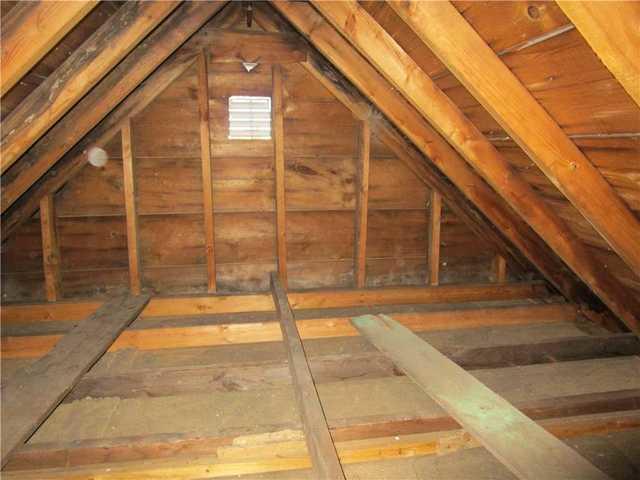
Cathedral Style Attic in Duluth, MN
This type of attic allows air to escape if not sealed properly.
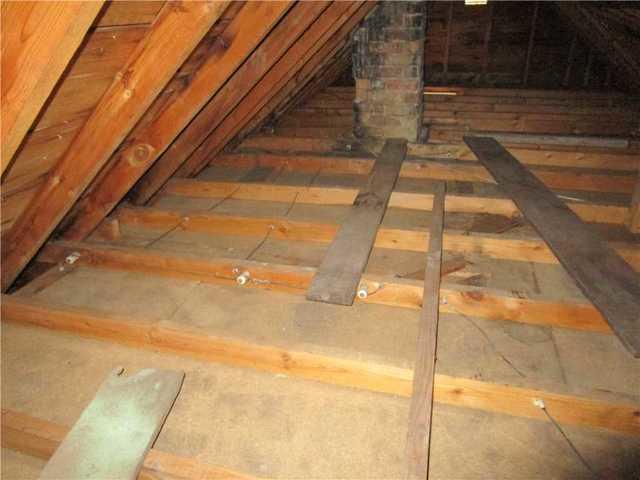
TruSoft™ Cellulose Recommended
Around 18 inches of blown-in insulation is recommended for homes in our northern climate.

Floor Joints to Be Air Sealed
The cracks and gaps between wooden planks and the chimney will be sealed to prevent the loss of warm air.
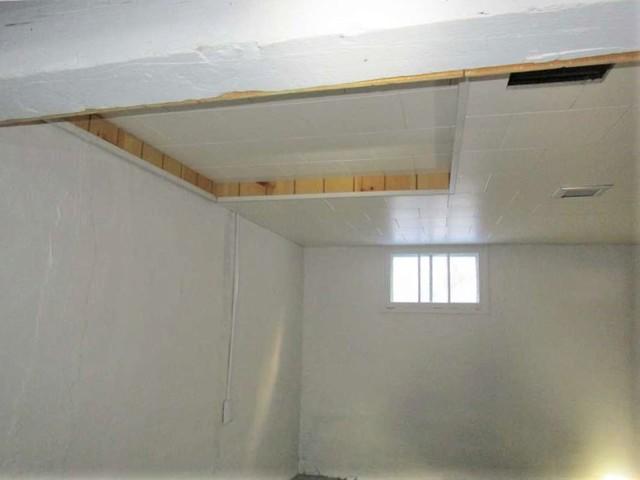
Home's Access to the Attic
This room is directly below the attic and will continue to lose warm air to the unsealed space above without proper insulation.
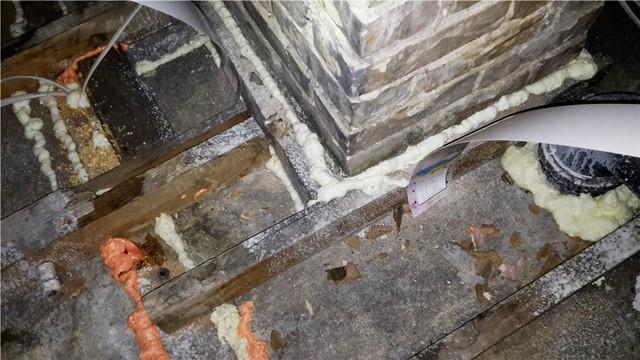
Gaps and Cracks Sealed
Every joint, nail hole, plumbing, and utility installation creates a gap that allows air to flow. This causes your HVAC system to work harder to constantly make up for that air loss.
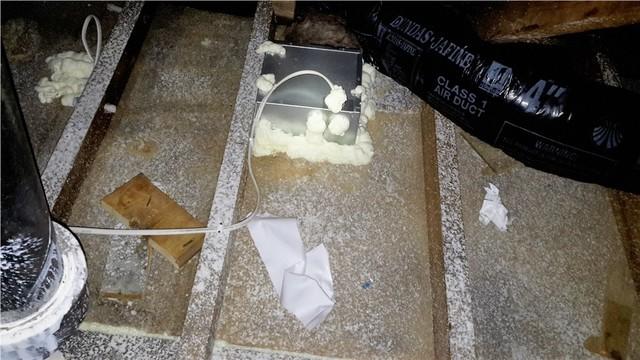
Air Ducts Sealed
Our production team took the time to diligently seal each crack, gap, nail hole in this attic to ensure a proper and thorough seal.
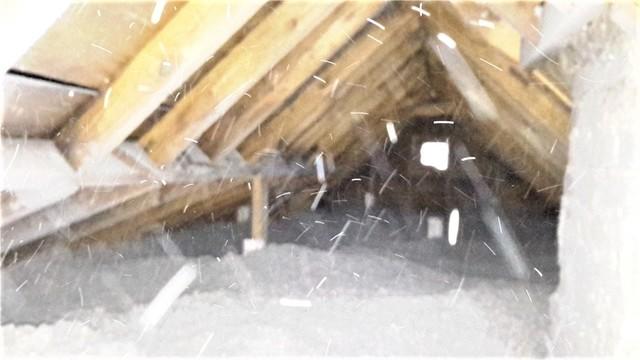
TruSoft™ Cellulose Blown-in
After our team successfully completed the air sealing, they blew-in around 18 inches of dense cellulose to provided this home with an R-value of 49, the recommended amount for our service area of Minnesota and Wisconsin.


